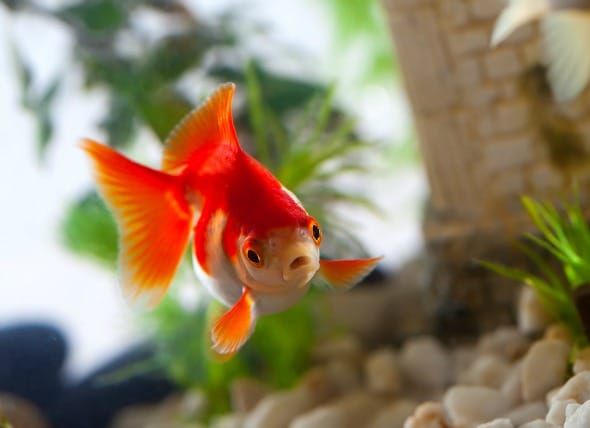
Saprolegnia and Ichthyophonus Hoferi
Fungal infections in fish can cause damage to multiple body systems, such as the liver, kidney, and brain, and usually occur when the fish is in a weakened state, either due to injury or trauma. It can also develop if a fish is placed in poor living conditions (i.e., substandard water quality or an overstocked fish tank).
Saprolegnia and Ichthyophonus hoferi are two such fungi that can be found in fish, whether they are kept in tanks, aquariums or ponds.
Symptoms and Types
The Saprolegnia fungus infects fish (or its eggs), affecting its internal organs and deeper tissues. Symptoms include light gray, cottony growths on the skin, fins, gills, and eyes.
The Ichthyophonus hoferi fungus mainly infects older fish which are kept in aquariums. However, it is an uncommon fungal infection that typically occurs due to infected raw fish food. If left untreated, it may prove fatal for the fish. Symptoms are species-specific, but unlike Saprolegnia, it will present small black growth in the skin. This fungus also causes bulging eyes, loss of color, ulcers and cysts in internal organs, and sometimes causes fish to swim in abnormal circular movements.
Causes
The Saprolegnia fungal infection is caused by having an unclean environment containing dead and decaying organic matter.
The transmission and cause of the Ichthyophonus hoferi fungus is unknown, but keeping a clean environment for your fish is always a good practice.











0 comments:
Post a Comment